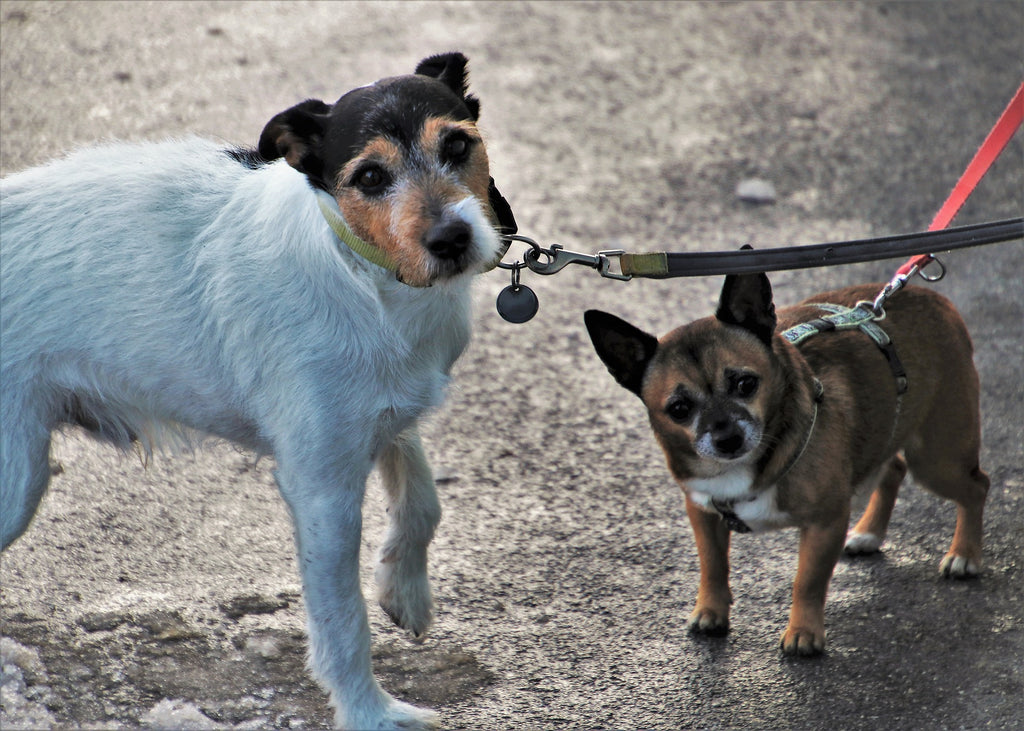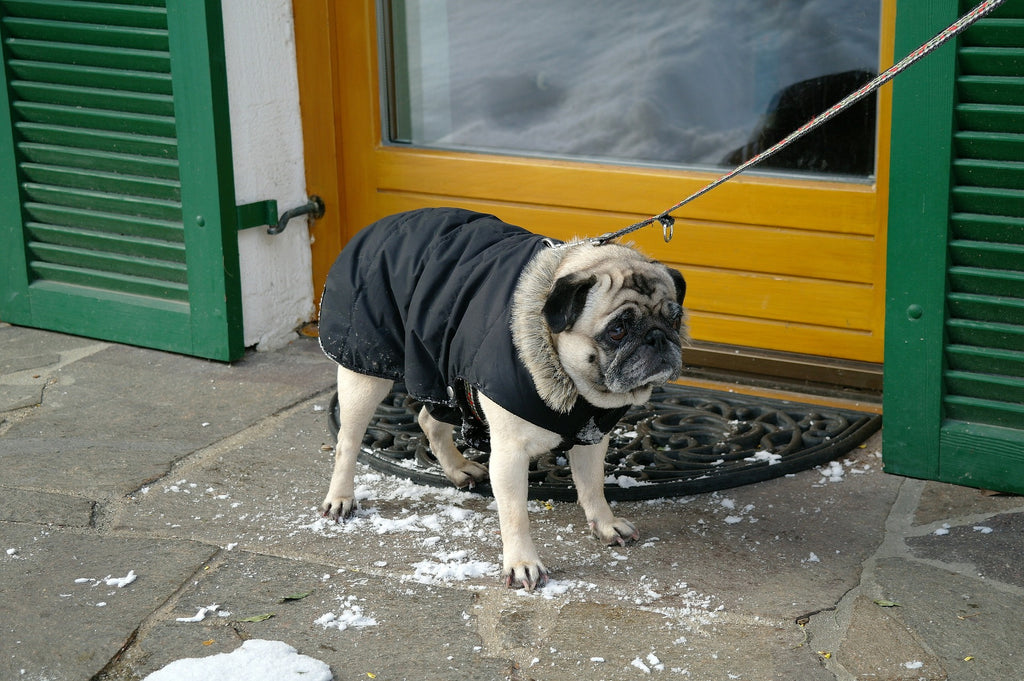Dog Walking Tips: What We Need To Consider When Walking Dogs
For people who own dogs for the first time, walking their dog is a great way for them to build up the relationship and bond with their dogs. It can also be one of the most pleasurable parts of dog ownership yet the most confusing part.
New owners may have confusions: How long should I walk my dog for? How often should I walk my dog? The honest answer to each question is, it depends. There are a few important considerations that you need to think about before taking your dog out for a walk or even a hike. Let’s see what we mainly need to consider first:
1.Size & Breed
Dogs of different breeds and sizes have completely different exercise requirements. You have to take your dog’s breed into consideration. For example, a Chihuahua needs around thirty minutes of exercise daily; but for high-energy breeds like Australian cattle dogs and border collies, they will need about 2 hours of exercise each day. Also, keep in mind that while most dogs love jogging or game of fetch, some breeds - for example, snub-nosed breeds - should not be pushed hard. That’s because snub-nosed dogs have respiratory issues, and high levels of intense exercise can make that become dangerous.

2.Age
Dogs at each life stage will have different requirements for energy, stimulation, stamina, etc. The idea is to walk until your dog is tired, not until you are tired.
Puppies: Puppies are full of energy. After your puppy is vaccinated, you can start taking it on short walks. For example, if your puppy is 5 months old, you can walk it for about 25 minutes per day. When it grows 1 month older, you can walk it for 5 more minutes per day. And, although puppies are full of energy, over-walking them while they are still growing can cause serious musculoskeletal damage or even arthritis.
Seniors: When your dog reaches its senior years, you will need to slow down and take more relaxed walks. Inactive dogs often suffer from obesity and other weight-related issues. To keep arthritic and tired muscles moving, experts recommend thirty minutes per day for senior dogs. For dogs with mobility issues, breaking 30 minutes into 2 or 3 shorter walks throughout the day can give them a chance to rest in between. Also, don’t over walking your dog. Over walking can easily lead to injury, especially when dogs reach their senior years.
3.Temperature
Temperature is another factor that we need to think about before you take your dog out for a walk, especially when you live in a warmer or hot climate.
Walking dogs early in the morning or late in the evening is a smart idea to beat the heat, especially when you have a brachycephalic (flat-faced) breed, such as a pug. Walking in early morning or late evening feels cool. If you must walk your dog in the heat of the day due to your schedule or other reasons, just walk in shade areas. And to protect your dog’s paws and prevent it from overheating, stay away from pavement or other surfaces that retain heat.
Besides, you can also get your dog a good pair of boots to protect its paws from heat or coldness.

4.Health Considerations
Before taking your dog our for a walk, you must make sure that your dog is in a good health condition and that the walk you two are about to take will not push your dog beyond its limit.
To be a responsible dog parent, you should always keep an eye on your dog and take immediate action when you find any signals that your dog’s feeling uncomfortable. For example, if your dog has arthritis or hip dysplasia, it may not be able to walk as far as they used to. Long walks may cause over exercise to dogs with this type of issues. If you find any overheating symptoms of your dog, get it out of the heat and give it cool, fresh water immediately; if it doesn’t feel better, take it to the vet as fast as your can.
Also, make sure both you and your dog drink plenty of water before, during and after your walk.
Of course, there are also other considerations that we need to think about. You have to consider what your unique pet needs. Only in this way can you make sure you will enjoy the great outdoor fun with your beloved dog.